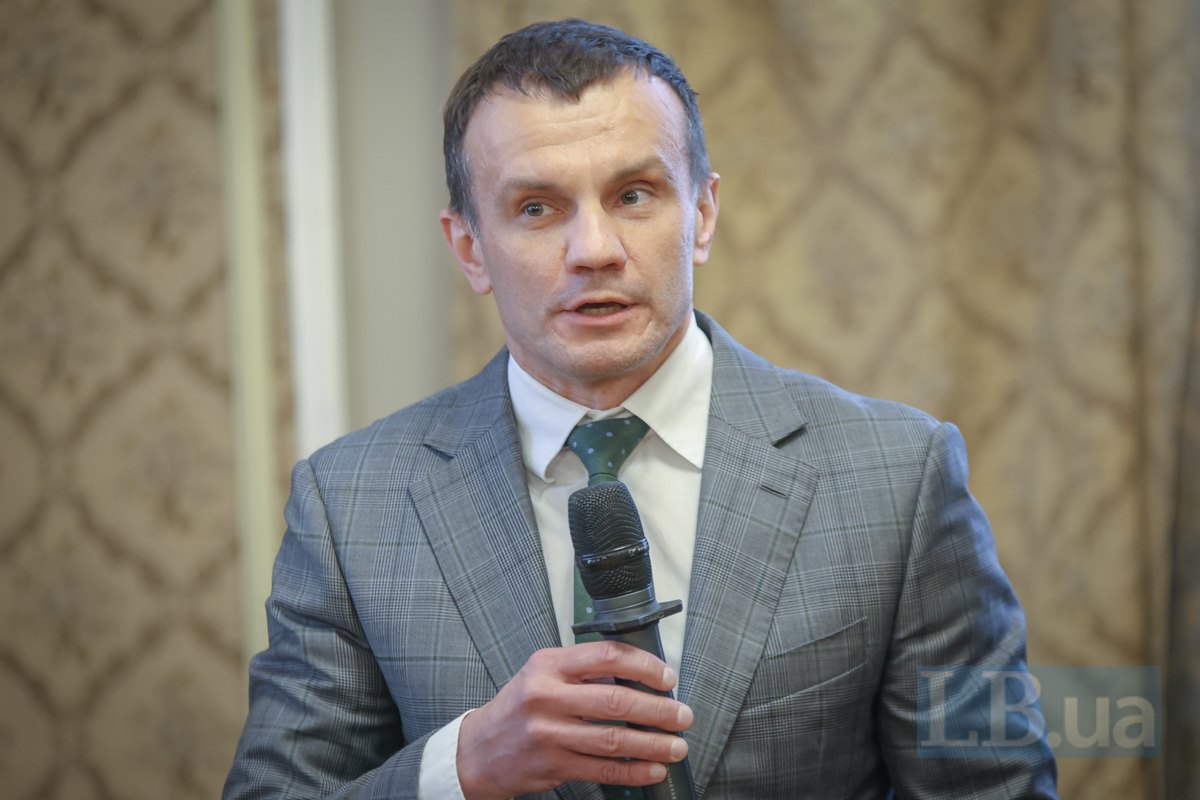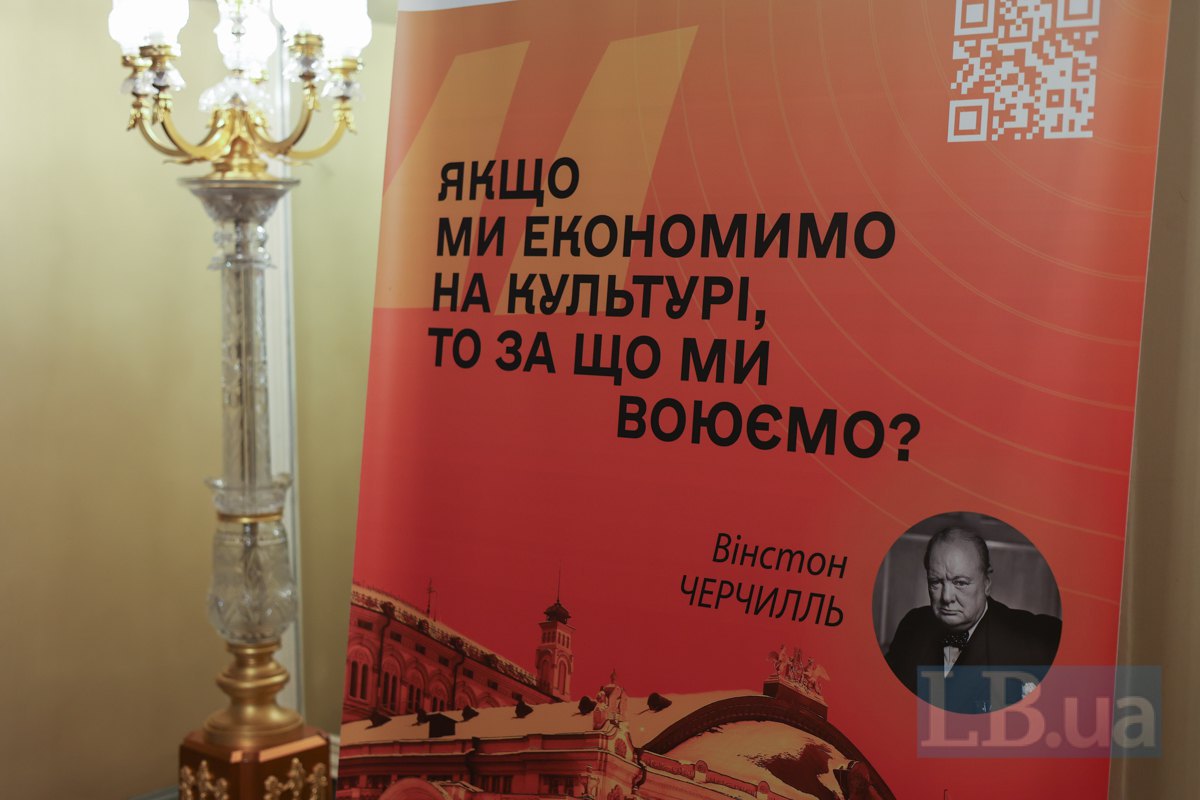
Before the full-scale invasion, cultural diplomacy in Ukraine was perceived more as a presentation of the country to the world. But the longer the great war lasts, the more obvious it becomes as a factor of national security. Therefore, on 13 May, representatives of the government, cultural and diplomatic communities gathered at the presentation of a new project by LB.ua CultHub dedicated to cultural diplomacy. The event took place in the small hall of the Shevchenko National Academic Opera and Ballet Theatre. As part of the presentation, the LB.ua team organised a discussion titled Cultural diplomacy as a tool of security and influence. They discussed the perception of the Ukrainian artistic product abroad, the Russian Federation’s cancellation, successful examples of Ukraine’s presentation in the world, and the need for more systematic support of artists by the state and institutions.

The evening began with an introduction by Sonya Koshkina, editor-in-chief of LB.ua, who shared that the idea of the CultHub project was to be a platform for dialogue between the government, artists, cultural managers, and the diplomatic community.
Kateryna Hladka, CultHub’s editor, continued the presentation with a story about the successful career of opera singer Vasyl Slipak, a prominent contemporary artist who performed at the world’s leading venues, went to the front at the beginning of the war, and died in 2016. Such people are cultural diplomats: Slipak opened up the music of Bortnyanskyy, Berezovskyy and Vedel (our Baroque) to world musicians and composers, brought foreigners to Ukraine, and made them fall in love with Ukrainian culture.
However, the big question remains whether the artists have strong institutional or state support – or at least decent media coverage. That is why CultHub aims to make media support of the artistic process, both in the country and abroad, more systematic.
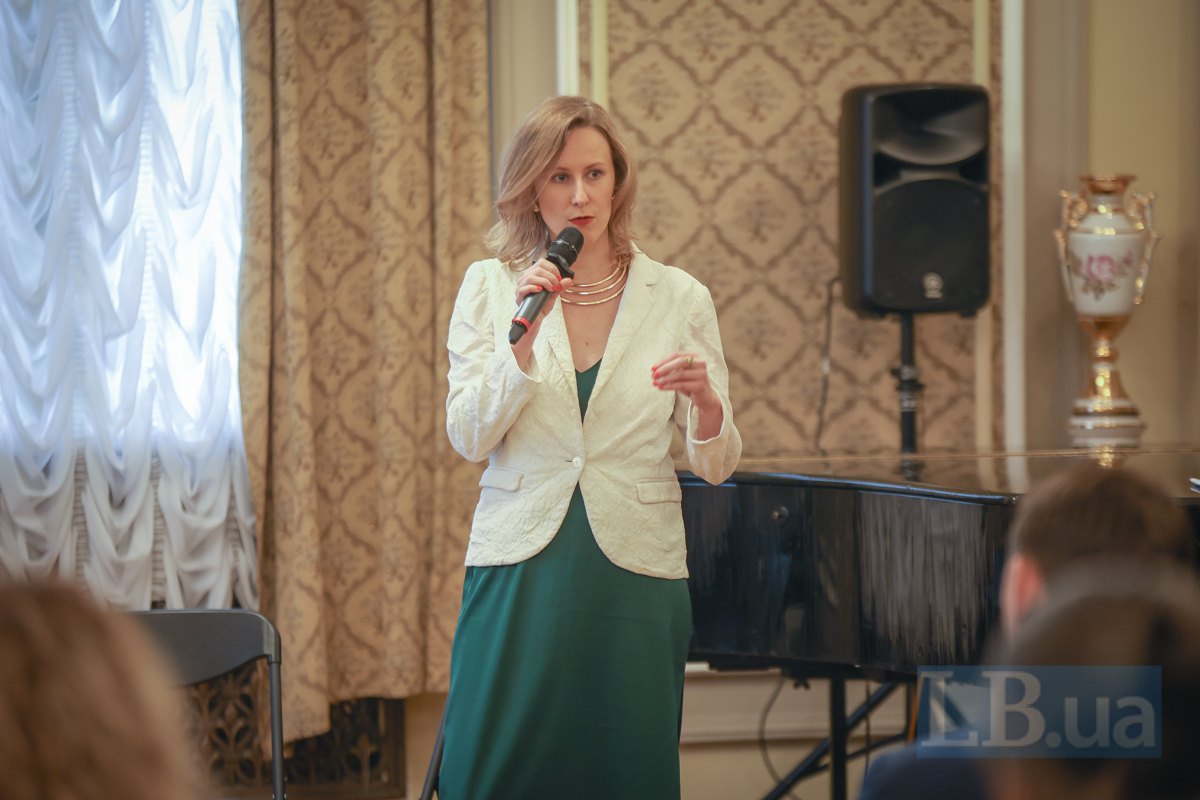
This idea is shared by Serhiy Ustenko, the project partner and owner of the “Carpathian Mineral Waters”, as well: “Now it is important to invest time and money in cultural projects that will allow us to systematise and focus on cultural areas that will be relevant within the country – and will also become a business card for partners.” “I am very inspired by the patrons of the past, such as the Symyrenkos, Tereshchenkos, and Chykalenkos. These are people who did not separate themselves from the state, or from culture,” he admits.
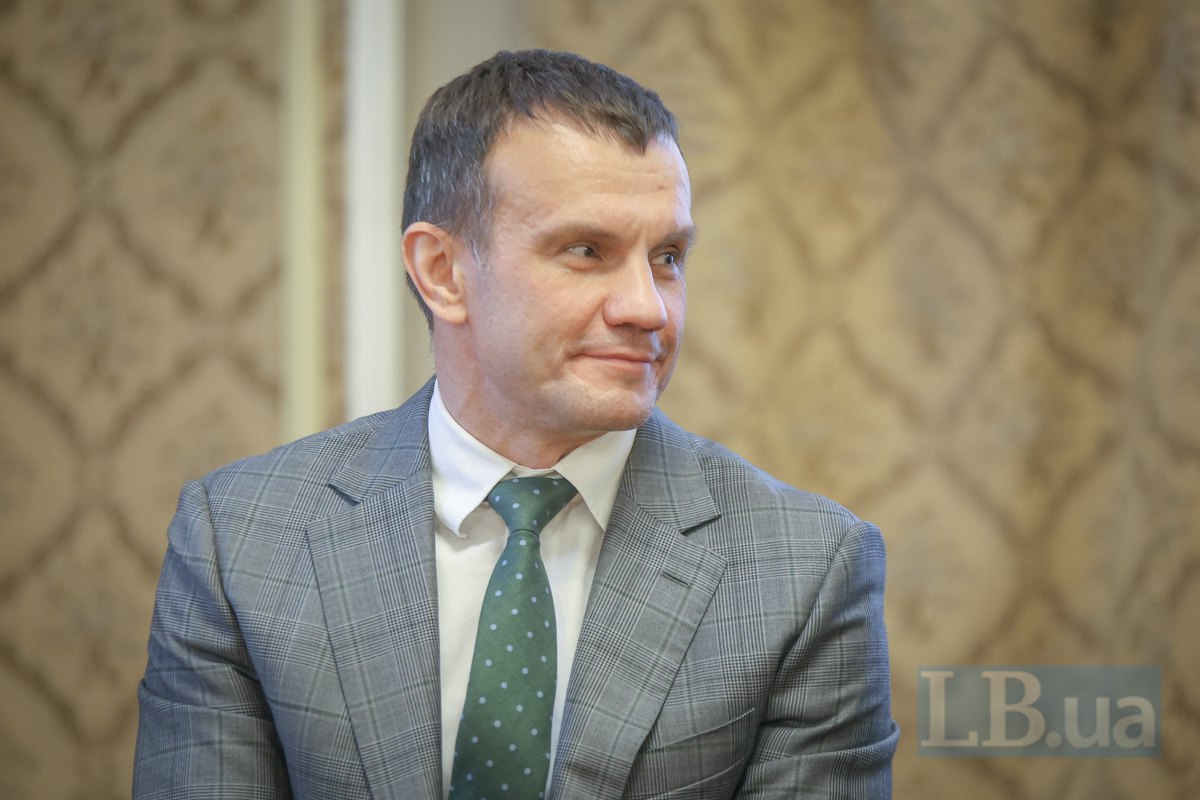
The panel discussion Cultural Diplomacy as an Instrument of Security and Influence was opened by Mykola Tochytskyy, Minister of Culture and Strategic Communications, with a welcoming speech.
The discussion was attended by Serhiy Ustenko; Deputy Head of the Presidential Office Olena Kovalska; prima ballerina of the Taras Shevchenko National Academic Opera and Ballet Theatre, People’s Artist of Ukraine Nataliya Matsak; Director General of the Khanenko Museum Yuliya Vahanova; and world opera star, People’s Artist of Ukraine, soloist of the National Opera Lyudmyla Monastyrska.
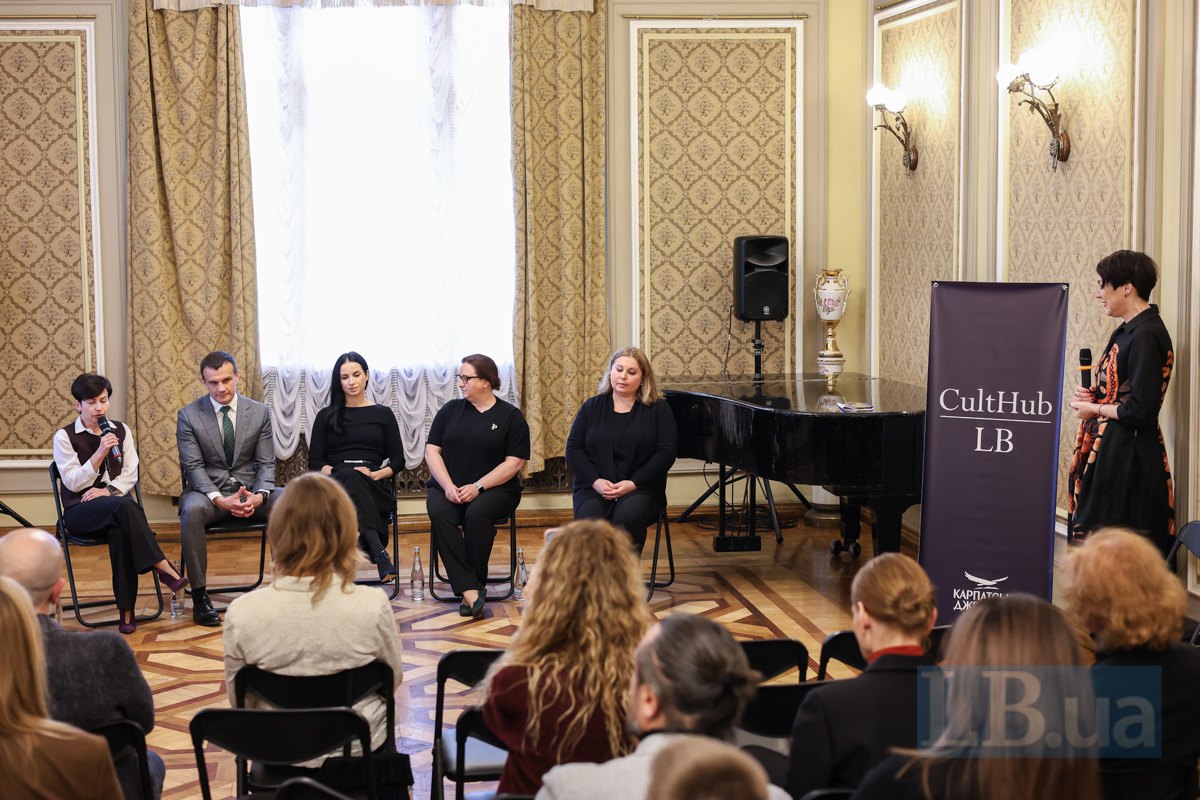
Ukraine and subjectivity
In his speech, Minister of Culture Mykola Tochytskyy emphasised the strategic importance of cultural diplomacy – and the cultural sphere in general – in times of great war. He also drew attention to domestic issues, such as the need to change the paradigm of thinking around culture and to prepare young people for a future in which new hostilities remain possible.
Among other points, he identified the use of artificial intelligence to improve disinformation as a new challenge for Ukraine: “And our task is to fill the developing artificial intelligence with our cultural meanings – and to help ensure that there is a certain control by people of art and culture. This will be the key to preserving not only the Ukrainian state, but the entire world.”
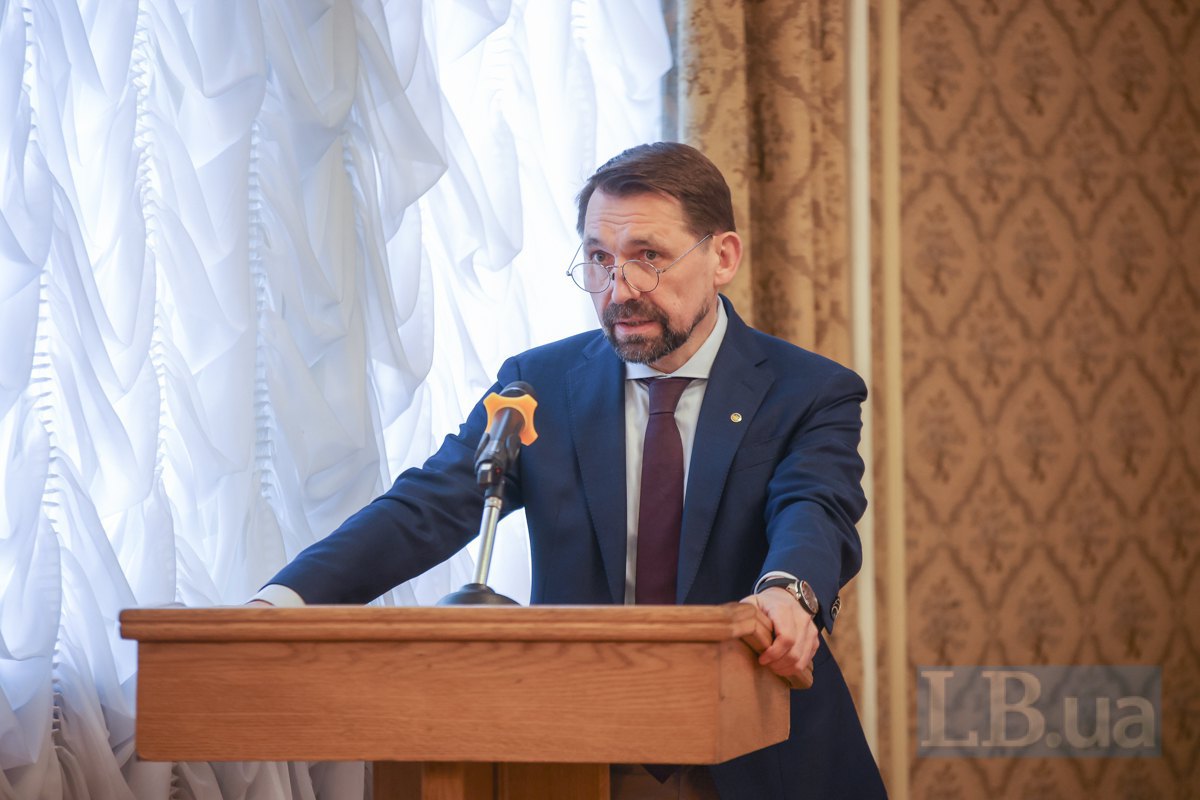
“We became diplomats”
Nataliya Matsak, People’s Artist of Ukraine and prima ballerina of the National Opera and Ballet Theatre, joined the conversation. Touring has changed significantly since the full-scale invasion, she said. Today, ballet dancers are also diplomats – they meet with various audiences and present not only their art, but also the country as a whole, reminding the world of the war.
“In order for artists not to be their own bosses, managers and sponsors, I would like the system to work together – and for everyone to understand the goals. And we should have one goal: to take a very high position in the world. And this can only be done by supporting each other, if it has both political and diplomatic support.”
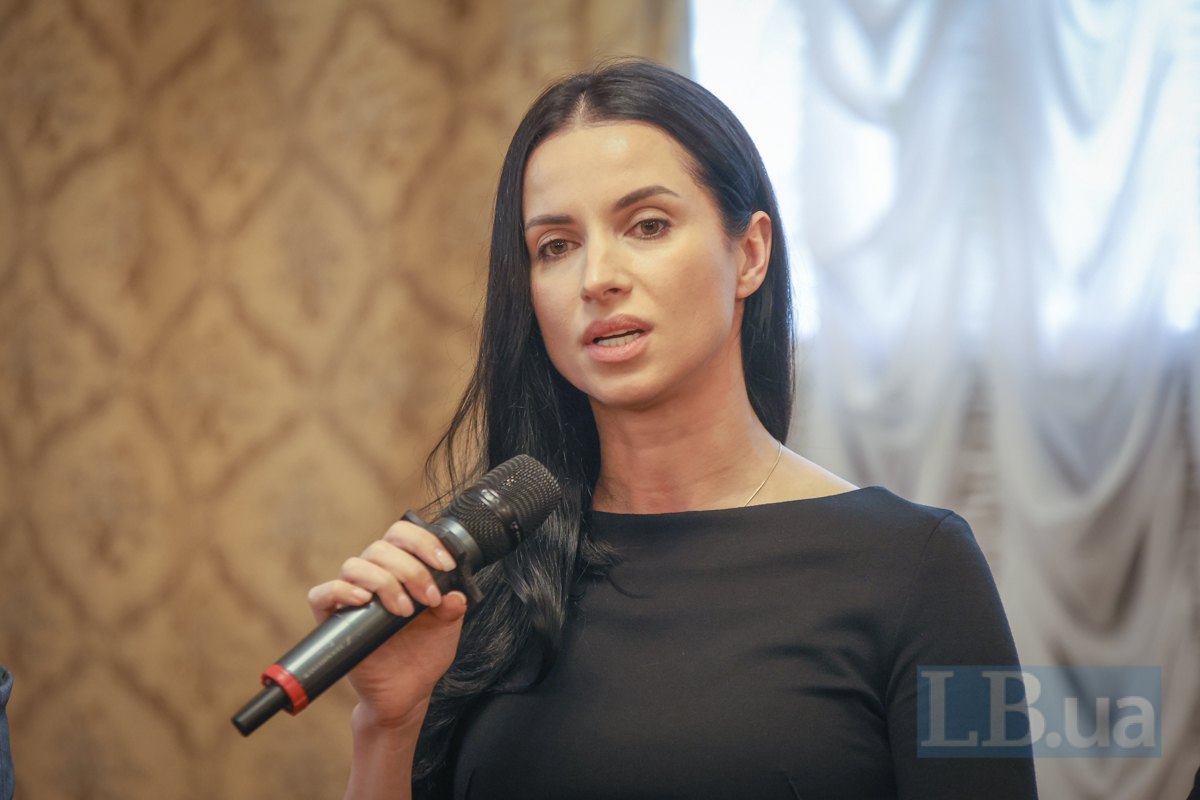
In 2022, shortly after the outbreak of the great war, People’s Artist of Ukraine and soloist of the National Opera Lyudmyla Monastyrska appeared on the stage of the New York Metropolitan Opera wrapped in a Ukrainian flag. She was singing the title role in Turandot and, to the applause of the audience, made this gesture in support of her country, which was under attack by the Russian Federation.
“The United States is truly a land of opportunity, where it doesn’t matter what religion you are, what colour you are – the main thing is that you are a talented artist. So I was allowed to do it twice – at the premiere of the opera and the HD broadcast, which is already going to Europe. I was very pleased when I saw flags of our colours in the audience,” the singer recalls.
A year later, Monastyrska appeared on the same stage again with a flag after the opera Tosca. Following the performances, the opera artists met with Ukrainian military personnel who were undergoing rehabilitation abroad. “Very young guys, heroes… But they no longer have an arm or a leg. However, they express their gratitude to you for this gesture – for seeing our flag again. It inspires, touches, and motivates,” Monastyrska continues.
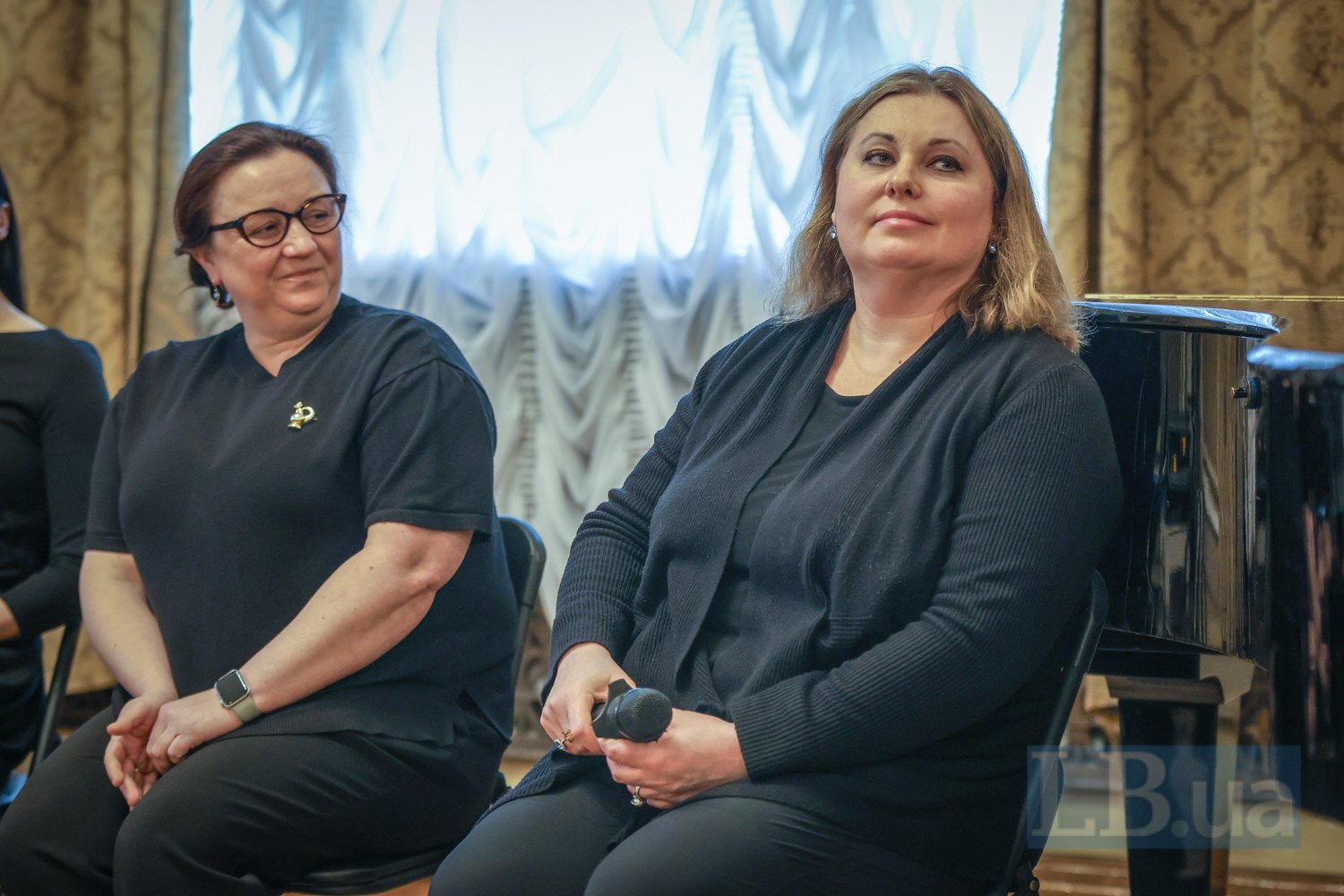
It also illustrates that artists representing Ukraine in the world require more support from institutions, the state, and the media.
Our art abroad and the Russian Federation’s cancelling
An important example of Ukraine’s cooperation with France was a joint project in which Ukrainian museum workers were not cast as victims or perpetual beggars, but recognised as full-fledged partners.
“In 2022, the Louvre launched a new area of research into Byzantine art, which is a common ground of Ukrainian and European cultures. Our museum houses four unique icons of Byzantine origin – out of a total of 10–12 such icons in the world. They are unique in that they date back to the fifth to seventh centuries. Very few of these icons have survived because most were destroyed during this period,”says Yuliya Vahanova, director of the Khanenko Museum.

The museum proposed to the Louvre a joint study of the icons, knowing that its experts were planning to study Byzantine art in Europe.
“When we wrote to Maximilien Durand, the director of this department at the Louvre, and had an informal conversation with him, he went to the president of the Louvre in five minutes to propose a joint exhibition project and research. And in a very short period of time – six months, which is fast for the Louvre – it came to fruition.”
According to Vahanova, dialogue and cooperation should be built on common ground.
The issue of kenselling Russian culture abroad is also on the agenda. For such efforts to be effective, the individual response of artists or cultural managers is often insufficient – systematic state-level work is required.
“The first task is to promote the Ukrainian art we already have. The second is to support those artists who continue to work in Ukraine and present their cultural product both here and abroad. But it is also important to identify niches that are not yet filled with Ukrainian products,” said Olena Kovalska, Deputy Head of the Presidential Office. She emphasised that special attention should be paid to the content consumed by young people – a space where Russian rapper Morgenstern, for example, often appears in place of Ukrainian names.
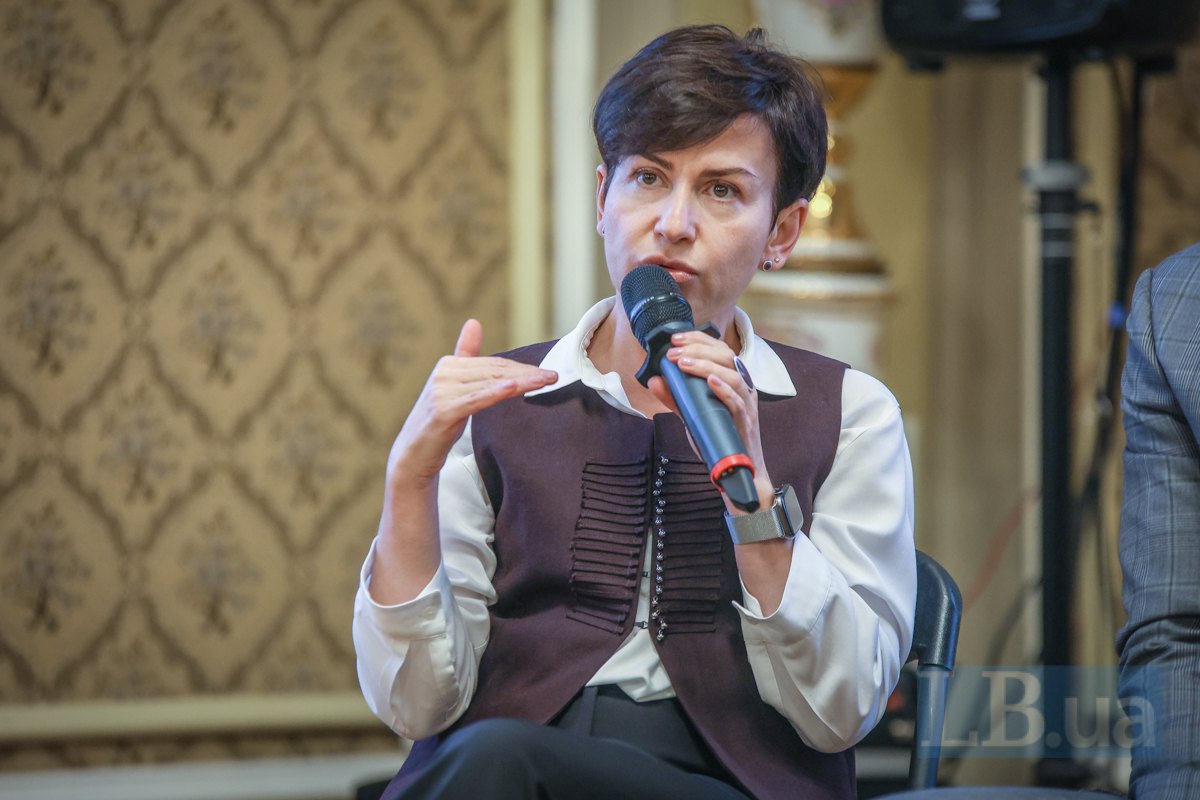
There is also a structural problem: banning a Russian cultural product does not mean that a Ukrainian one will automatically take its place. The process is complex and multi-layered. Another issue is the context behind a cultural product – how to explain it and how to make it appealing.
“How do you explain to a Western audience the character of ‘He who rends the dikes’ from The Forest Song? Economically, they won’t take this play – they won’t be able to sell it. What they can take is serious classics, and then show our productions in addition. And so gradually, as soft power, you can begin to show something. Unfortunately, these are the rules of the global market,” says prima ballerina Nataliya Matsak.
Among the invited guests at the evening were many representatives of different fields within the cultural industry, who also shared their experiences. One of them was theatre director Tamara Trunova, who spoke about her experience at the Bavarian Opera, where she was invited to stage the Lucrezia/Der Mond opera project – and where she had to resist cooperation with Russian participants.

“At first, without informing me, they added a Russian conductor, and I was forced to withdraw from the project. Then, as I understand it, the artistic director of the theatre realised that this could turn into an unpleasant media event, so I was brought back into the project, and the conductor was replaced. However, I soon found out that there were two Russians in the cast. I realised that if I didn’t manage to get rid of them, I would be cancelled in my own country.”
The story ended after several rehearsals, when the Russian performers refused to continue – a Ukrainian tricolour was being washed on stage, and they were not happy about it.
According to Trunova, this is no longer simply a matter of personal experience, but one of media narratives and the broader message Ukraine sends to the world in the fourth year of the full-scale war.
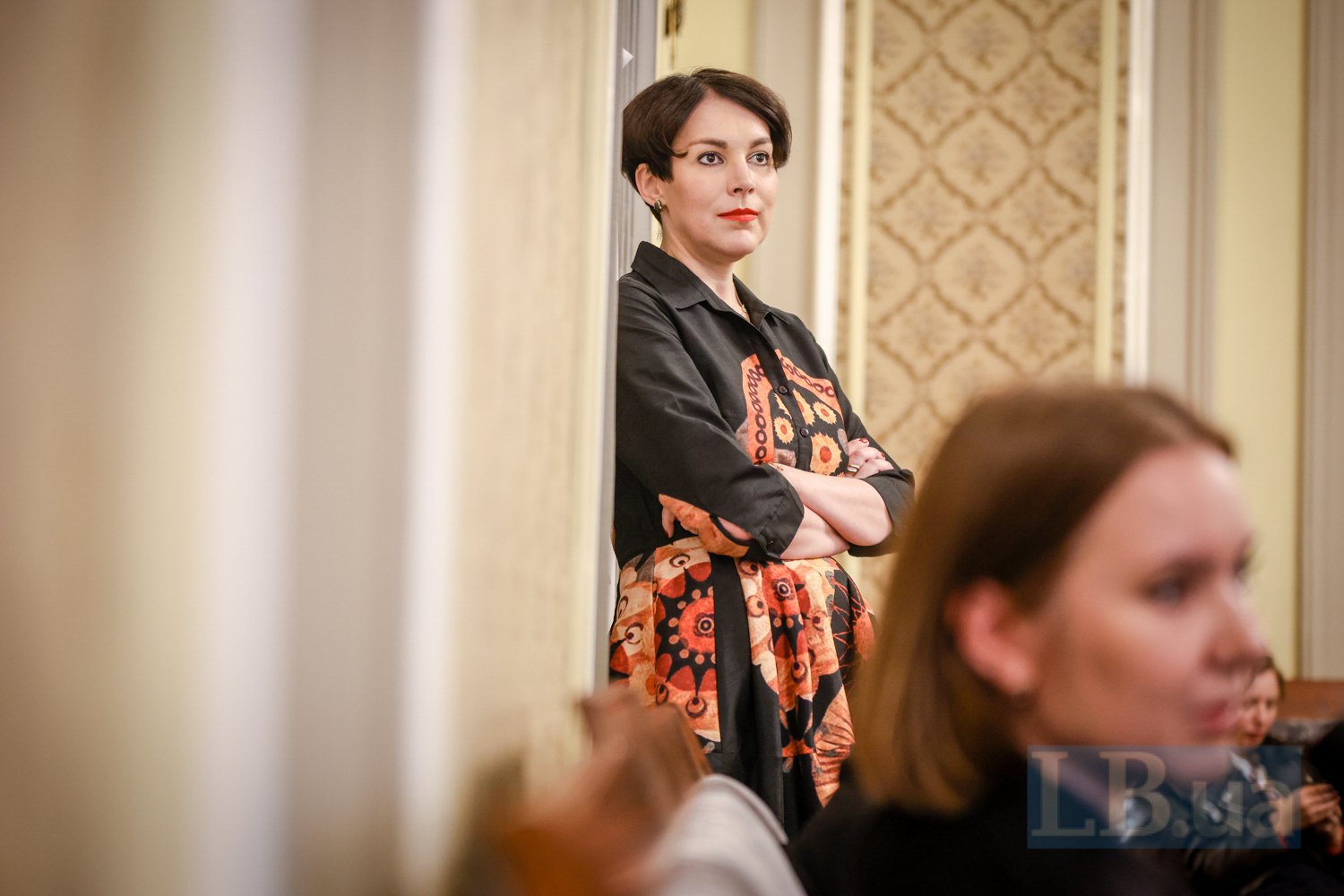
Ukraine’s successful cultural diplomacy
At the same time, Ukraine is increasingly becoming a partner and co-creator of new powerful meanings around cultural phenomena and figures. One such example was shared by Rostyslav Derzhypilskyy, artistic director of the Ivano-Frankivsk Drama Theatre, who spoke about staging Dziady.
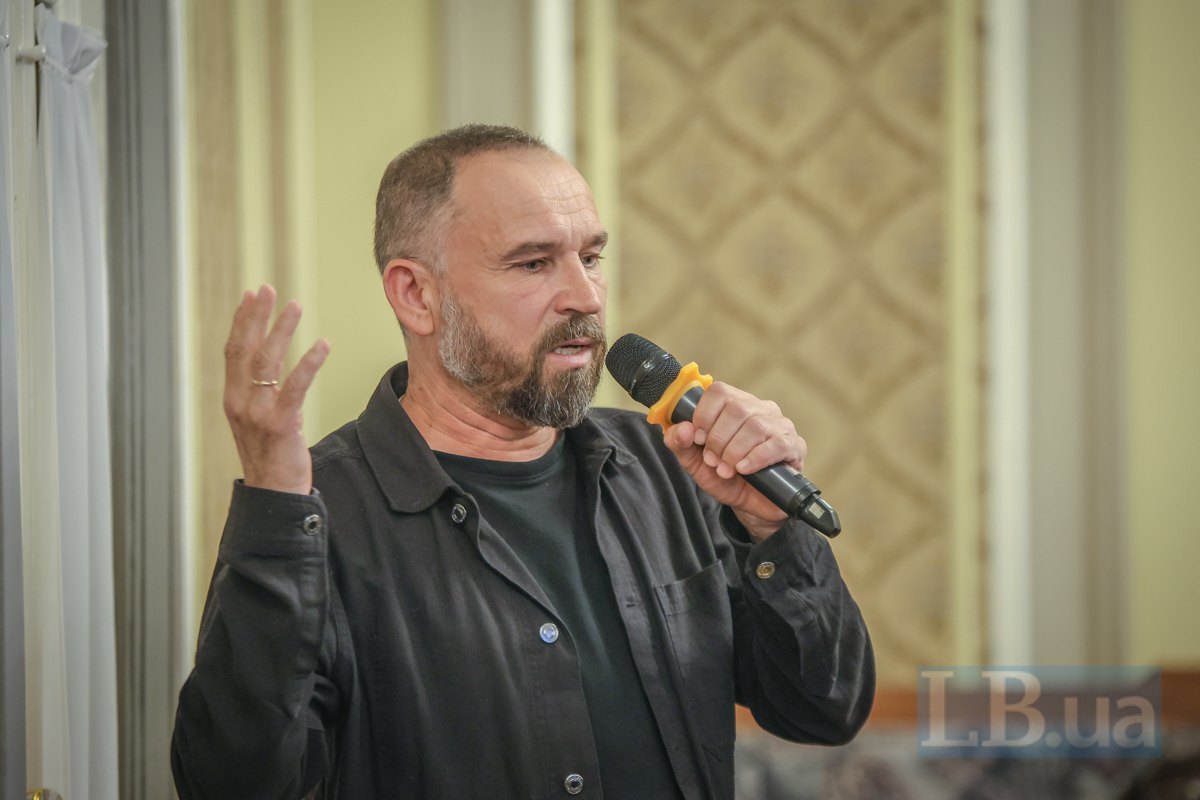
“We invited the top Polish director Maja Kleczewska and chose one of the most famous works by Polish classic Adam Mickiewicz – Dziady. The director staged this canonical work in such a way that it was about Ukraine, our heroes, and the cultural war. It had a great result right away.”
The Ukrainian team later participated in a forum where this production was recognised as the main theatrical event in Poland.
Viktoriya Romanova from the NGO Summit of First Ladies and Gentlemen continued the discussion with more successful examples of cultural diplomacy.

“Olena Zelenska has several cultural diplomacy projects. One of them is Ukrainian-language audio guides to historical and cultural sites around the world. These include galleries, museums, castles, palaces, and sightseeing routes. We recently announced the 100th Ukrainian-language audio guide at the Apartheid Museum in Johannesburg, South Africa. We launched the first one in 2020 at the Albertina Gallery in Vienna. It took us 10 months to persuade the museum to support us. The most common reason for refusal that we heard – and still hear – is commercial inexpediency.”
Romanova recalled how museum administrators often argued that Russian and English would suffice for Ukrainian visitors. Nevertheless, Ukraine succeeded in introducing Ukrainian-language guides at major sites such as the Sagrada Familia, the Tower of London, the Albertina, and the Prado. Yet some challenges remain – negotiations with the Louvre, for instance, have been ongoing for five years with no result so far.
At the end of the presentation, philanthropist, collector, and founder of the Stedley Art Foundation Stella Beiaminova shared her personal experience of cultural diplomacy.
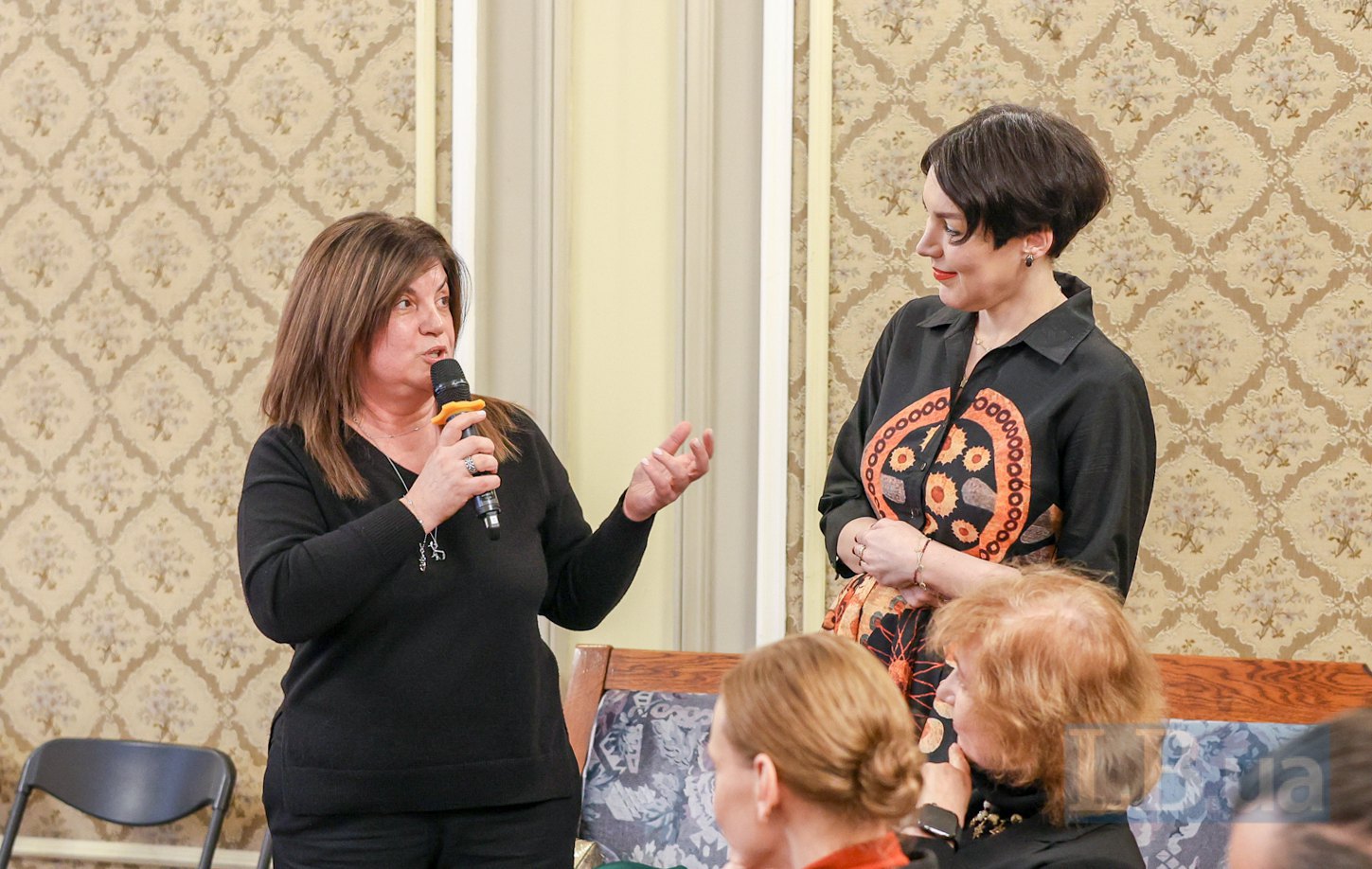
“Once upon a time, Nuncio Claudio Gugerotti visited our gallery, and I suggested that he present the Pope with a cross by Oleksandr Zhyvotkov. In 2019, this came true, and the late Pope Francis accepted this gift from my hands. This cross is now hanging in the Lateran University – everyone can come and see it. It says on it that it is the work of Ukrainian artist Oleksandr Zhyvotkov.”
Summing up the conversation, Nataliya Matsak noted that the Great War has revealed the enormous tasks that art can undertake. From her own experience, she spoke about a tour of the United States and Canada supported by the Olena Zelenska Foundation, which raised over $500,000 to build bomb shelters in Ukrainian schools:
“It was not about entertainment – it was about helping our country through art. I want it to unite people at the highest level.”
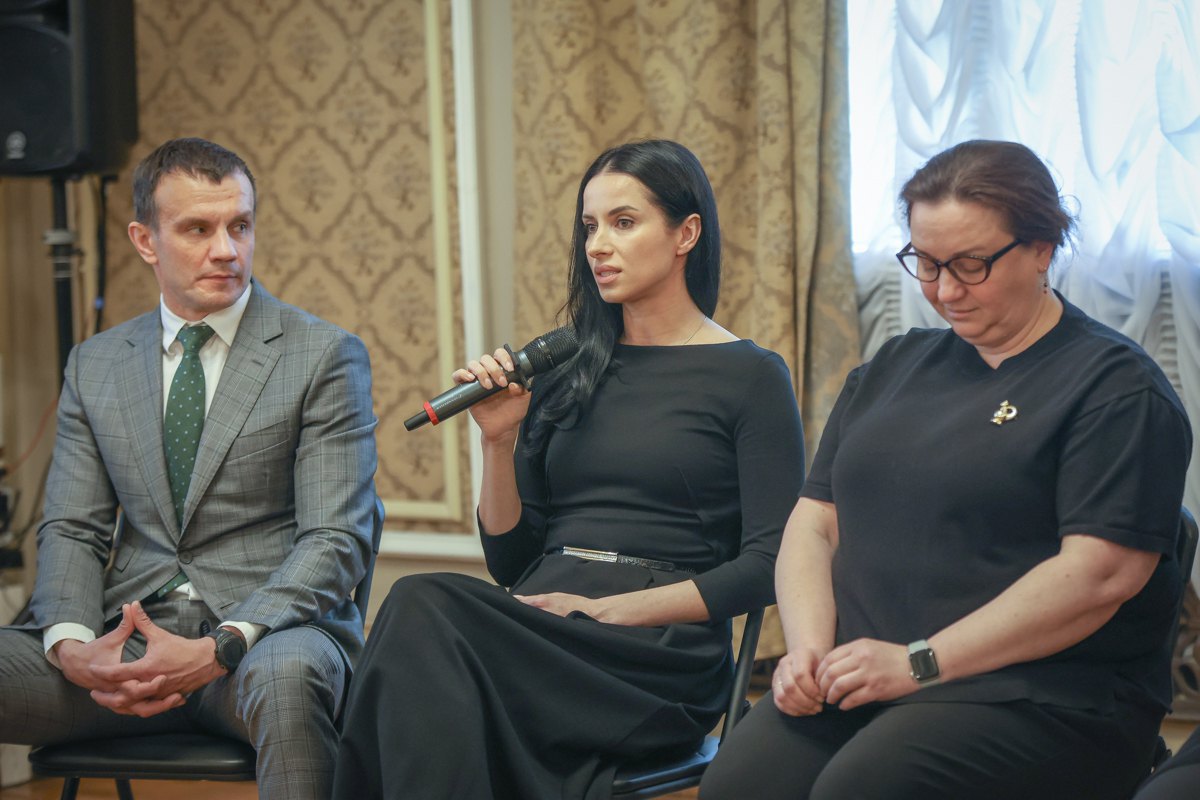
Project partner Serhii Ustenko reminded the audience of the disparity between Ukraine and the Russian Federation: Russia is three and a half times larger in mobilisation potential and thirteen times larger in GDP. The aggressor country actively uses culture to pursue its own strategic goals.
“If we play give-and-take with them, having this imbalance, we will lose. We must act asymmetrically, creatively, and use culture as a weapon – even if certain trends and works are also used by them.”
